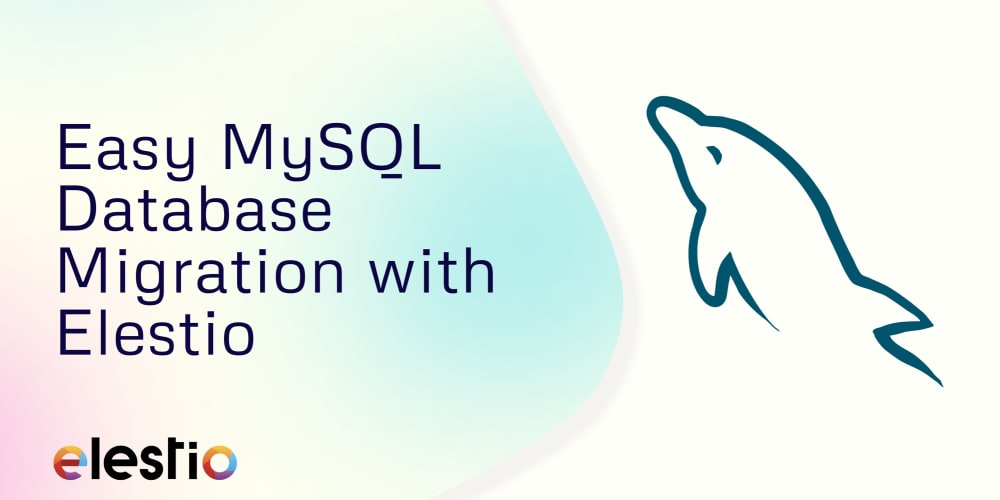This is a Plain English Papers summary of a research paper called Octopus v2: On-device language model for super agent. If you like these kinds of analysis, you should subscribe to the AImodels.fyi newsletter or follow me on Twitter.
Overview
- Presents a new on-device language model called Octopus v2 for enhancing the capabilities of software agents
- Leverages large language models to enable more natural and flexible interactions with software agents
- Focuses on improving the agent's ability to understand and respond to natural language commands
Plain English Explanation
Octopus v2 is a new language model designed to be deployed on devices to enhance the capabilities of software agents, such as virtual assistants or chatbots. The key idea is to use large language models, which are powerful machine learning models trained on vast amounts of text data, to enable more natural and flexible interactions between users and software agents.
Traditionally, software agents have relied on predefined commands or templates to understand and respond to user input. However, this can be limiting, as users may want to interact with the agent in more natural, conversational ways. By incorporating a large language model like Octopus v2, the agent can better understand the context and intent behind a user's request, allowing for more nuanced and helpful responses.
For example, instead of having to say "Call John Smith" to initiate a phone call, a user could say "I need to talk to John about the project" and the agent would recognize the intent to make a call. This can make the interaction feel more natural and intuitive for the user.
The paper also discusses how Octopus v2 and similar language model-based approaches can be used to enhance the general capabilities of software agents, enabling them to assist with a wider range of tasks beyond just command execution.
Technical Explanation
The Octopus v2 paper presents a new on-device language model designed to improve the natural language understanding and generation capabilities of software agents. The key innovation is the use of a compact, efficient language model that can be deployed directly on the device, rather than relying on a remote server.
The authors leverage insights from recent work on large language models for spoken language understanding to develop a model that can understand and respond to natural language commands and queries. The model is trained on a diverse dataset of user interactions, allowing it to learn patterns and associations that enable more flexible and contextual interpretation of user input.
The paper also discusses techniques for enhancing the general capabilities of software agents using low-parameter language models, which can be particularly useful for deploying on resource-constrained devices.
Critical Analysis
The Octopus v2 paper presents a promising approach for improving the natural language understanding and generation capabilities of software agents. By leveraging large language models, the authors demonstrate how agents can engage in more natural, conversational interactions with users.
One potential limitation discussed in the paper is the need to carefully manage the trade-offs between model size, performance, and deployment constraints, especially for on-device implementations. The authors acknowledge that further research may be needed to find the right balance for different application scenarios.
Additionally, the paper does not address some of the broader challenges and considerations around large language model-based autonomous agents, such as issues of safety, fairness, and transparency. These are important areas that will likely require further exploration as the field of Transformer-Lite and other efficient language model deployments continues to evolve.
Conclusion
The Octopus v2 paper presents an innovative approach to enhancing the natural language capabilities of software agents through the use of a compact, on-device language model. By leveraging large language models, the authors demonstrate how agents can engage in more flexible and contextual interactions, moving beyond the limitations of traditional command-based systems.
This work has the potential to significantly improve the user experience and overall capabilities of a wide range of software agents, from virtual assistants to chatbots. As the field of large language model-based autonomous agents continues to evolve, the insights and techniques presented in the Octopus v2 paper will likely be valuable for researchers and developers seeking to push the boundaries of agent-user interaction.
If you enjoyed this summary, consider subscribing to the AImodels.fyi newsletter or following me on Twitter for more AI and machine learning content.



















